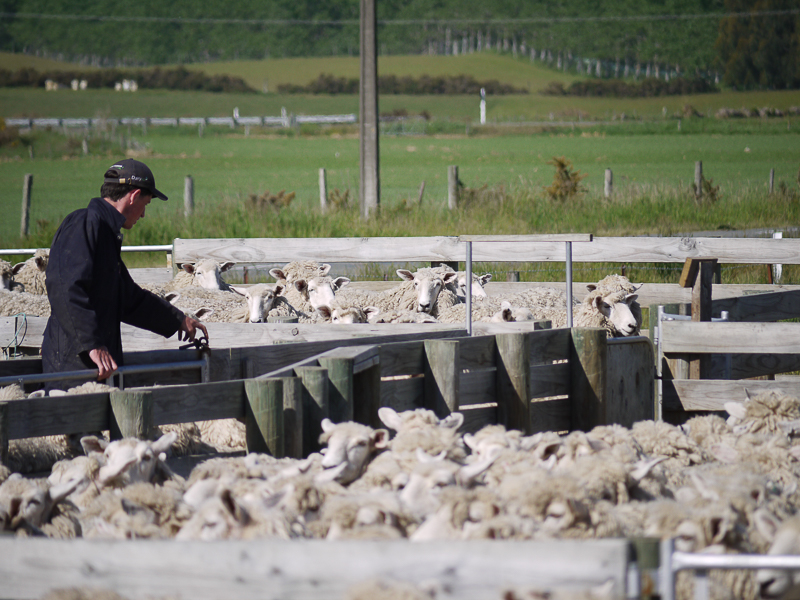
Body condition scoring (BCS) of ewes is an important management tool that assesses the amount of fat and condition of a ewe by feeling the spine and short ribs over her back.
Adequate BCS in ewes is important as it relates to:
Body condition scoring ewes is easily learnt and is generally more valuable than ewe weighing. Ewes should ideally sit above BCS 3 (on a scale of 1-5) all year round. By separating ewes into groups based on their BCS, feed can be more accurately allocated to the group that requires it the most. Ewes above BCS 3 may only require maintenance feeding while those below can be allocated greater intakes. The number of ewes sitting below BCS 3 at tupping and pre-lamb can have a major impact on the overall profitability of the ewe flock.
By splitting mobs into condition groups pre-mating, the opportunity arises to be able to increase conception rates at the first cycle hence reducing the overall tail of the mob.
Overall weight will change throughout pregnancy while BCS is a consistent parameter.
Overall, a well-fed ewe is considered the best shelter a lamb can have. It is important to note that research shows that lamb survival falls by 5% for every 0.5 BCS lost between scanning and lambing. A ewe in optimal body condition (3 +) produces vigorous lambs. They will get up to feed quicker and twins born in separate locations will vocalise more. Better conditioned ewes at lambing produce more colostrum and milk hence better lambs.
Most farmers find it somewhat surprising how easy it is to learn how to BCS ewes if you don’t know already. It is quick to do with a race of 30 ewes able to be scored in approximately one minute. The process is quicker than weighing and overall, more valuable.